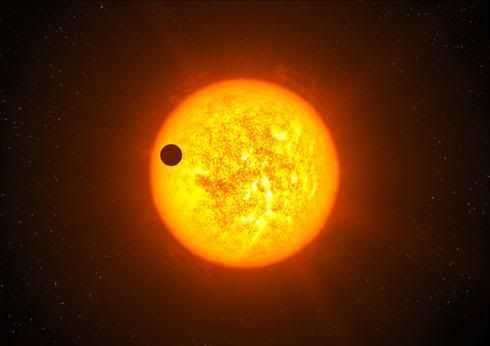Lab tests confirm underwater layers of oil
Cain Burdeau, AP — June 4, 2010
Laboratory tests confirmed that oil from a spewing Gulf of Mexico well has accumulated in at least two extensive plumes deep under the surface, scientists with the University of South Florida said Friday.
USF researchers at a meeting in Baton Rouge said lab tests showed their initial findings, based on field instruments, were correct. The extensive layers of oil are sitting far beneath the surface miles from the site of the Deepwater Horizon explosion. The university is collecting data for the National Oceanic and Atmospheric Administration.
The lab tests are the most conclusive evidence yet in a vigorous scientific debate about where much of the oil from the growing spill in the Gulf of Mexico has ended up.
BP spokesman Mark Proelger said the company was awaiting further analysis of what is in the plumes from the National Oceanic and Atmospheric Administration.
“It’s too early to say whether any data indicates the plumes contain oil or not,” Proelger said.
Well then WAKE UP and smell the petro, Mark!




